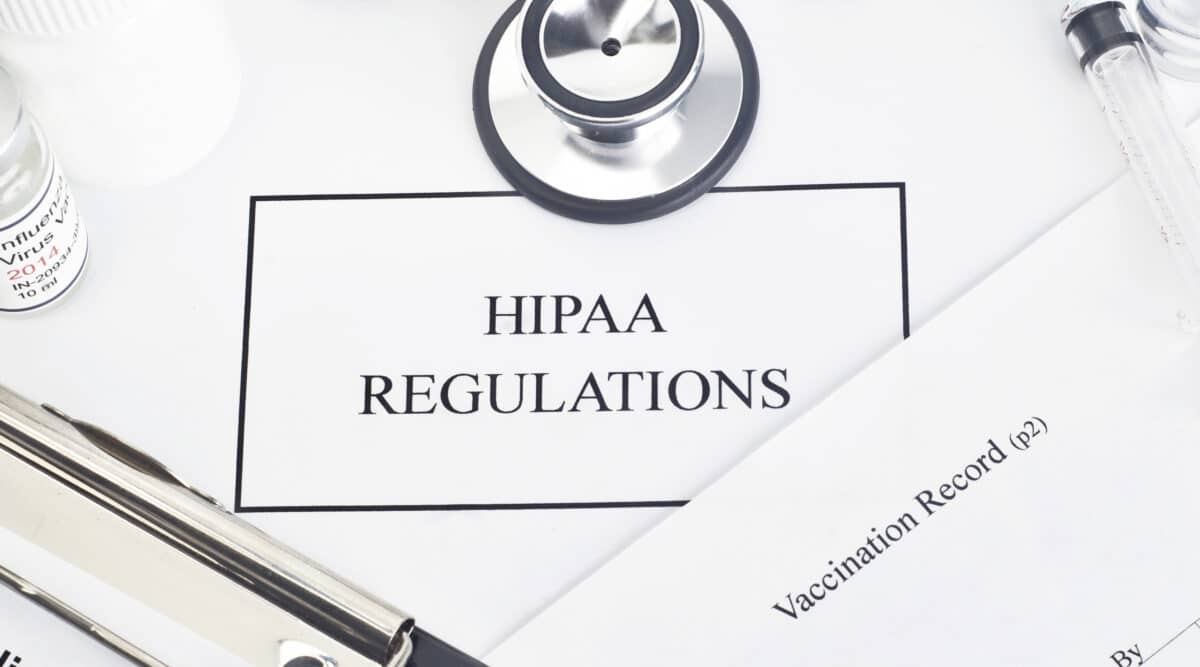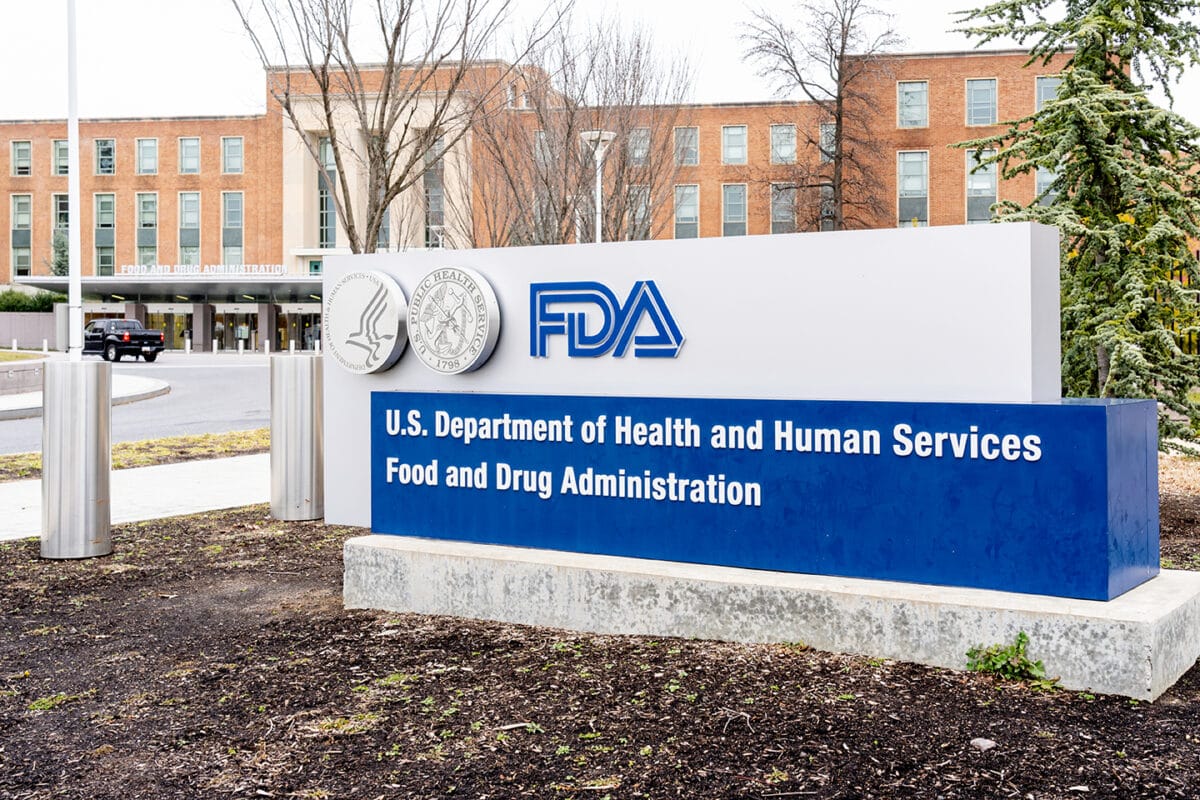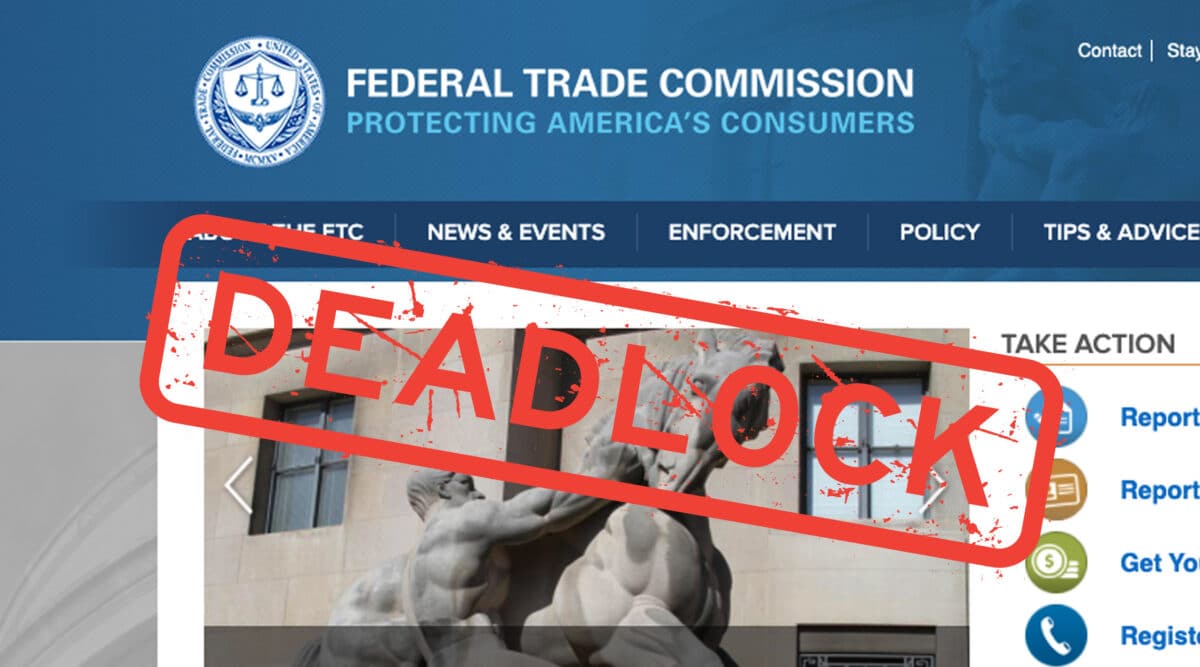The FDA recently approved Opdualag (nivolumab and relatlimab-rmbw) from Bristol Myers Squibb, a first-in-class, fixed-dose dual immunotherapy combination treatment of the PD-1 inhibitor nivolumab and novel LAG-3-blocking antibody relatlimab1. The indication for this combo therapy is for the treatment of adult and pediatric patients 12 years of age or older with unresectable or metastatic melanoma.
This approval advances the trend toward combo therapies. For example, Opdivo, first approved in December of 2014, paired with Yervoy (another BMS therapy) in late 2020 for Mesothilioma and now the newly approved BMS therapy, relatlimab-rmbw for Melanoma.
Opdualag is an infused therapy administered every four weeks. Since the combo includes both an established therapy and a newly approved therapy the FDA determined that a distinct name and NDC be established. BMS indicated that relatlimab will only be sold in combination with Opdivo.
BMS said that Opdualag will launch at $27,389 for the combination with forecasted sales of $4 billion a year by 2029. Details on channel access / limited distribution were not provided.
U.S. Food and Drug Administration Approves First LAG-3-Blocking Antibody Combination, Opdualag™ (nivolumab and relatlimab-rmbw), as Treatment for Patients with Unresectable or Metastatic Melanoma
Opdualag more than doubled median progression-free survival compared to nivolumab monotherapy, an established standard of care
Relatlimab is the third immune checkpoint inhibitor from Bristol Myers Squibb, adding to the Company’s growing and differentiated oncology portfolio
PRINCETON, N.J.–(BUSINESS WIRE)–Bristol Myers Squibb (NYSE: BMY) today announced that Opdualag (nivolumab and relatlimab-rmbw), a new, first-in-class, fixed-dose combination of nivolumab and relatlimab, administered as a single intravenous infusion, was approved by the U.S. Food and Drug Administration (FDA) for the treatment of adult and pediatric patients 12 years of age or older with unresectable or metastatic melanoma.1 The approval is based on the Phase 2/3 RELATIVITY-047 trial, which compared Opdualag (n=355) to nivolumab alone (n=359).1,2
The trial met its primary endpoint, progression-free survival (PFS), and Opdualag more than doubled the median PFS when compared to nivolumab monotherapy, 10.1 months (95% Confidence Interval [CI]: 6.4 to 15.7) versus 4.6 months (95% CI: 3.4 to 5.6); (Hazard Ratio [HR] 0.75; 95% CI: 0.62 to 0.92, P=0.0055).1 The Opdualag safety profile was similar to that previously reported for nivolumab.1,2 No new safety events were identified with the combination when compared to nivolumab monotherapy.1,2 Grade 3/4 drug-related adverse events were 18.9% in the Opdualag arm compared to 9.7% in the nivolumab arm.2 Drug-related adverse events leading to discontinuation were 14.6% in the Opdualag arm compared to 6.7% in the nivolumab arm.2
“Since the approval of the first immune checkpoint inhibitor more than 10 years ago, we’ve seen immunotherapy, alone and in combination, revolutionize the treatment of patients with advanced melanoma,” said F. Stephen Hodi, M.D., director of the Melanoma Center and the Center for Immuno-Oncology at Dana-Farber Cancer Institute.3 “Today’s approval is particularly significant, as it introduces an entirely new combination of two immunotherapies that may act together to help improve anti-tumor response by targeting two different immune checkpoints — LAG-3 and PD-1.”1,2
Opdualag is associated with the following Warnings & Precautions: severe and fatal immune-mediated adverse reactions (IMARs) including pneumonitis, colitis, hepatitis, endocrinopathies, nephritis with renal dysfunction, dermatologic adverse reactions, myocarditis and other immune-mediated adverse reactions; infusion-related reactions; complications of allogeneic hematopoietic stem cell transplantation (HSCT); and embryo-fetal toxicity.1 Please see Important Safety Information below.
“While we have made great progress in the treatment of advanced melanoma over the past decade, we are committed to expanding dual immunotherapy treatment options for these patients,” said Samit Hirawat, chief medical officer, global drug development, Bristol Myers Squibb.3 “Inhibiting LAG-3 with relatlimab, in a fixed-dose combination with nivolumab, represents a new treatment approach that builds on our legacy of bringing innovative immunotherapy options to patients. The approval of a new medicine that includes our third distinct checkpoint inhibitor marks an important step forward in giving patients more options beyond monotherapy treatment.”











